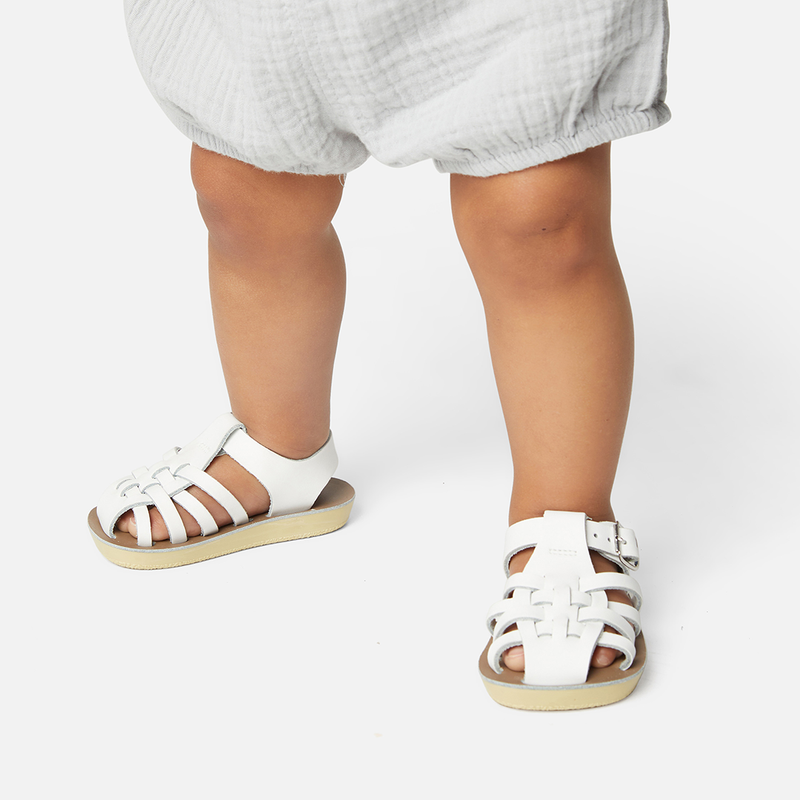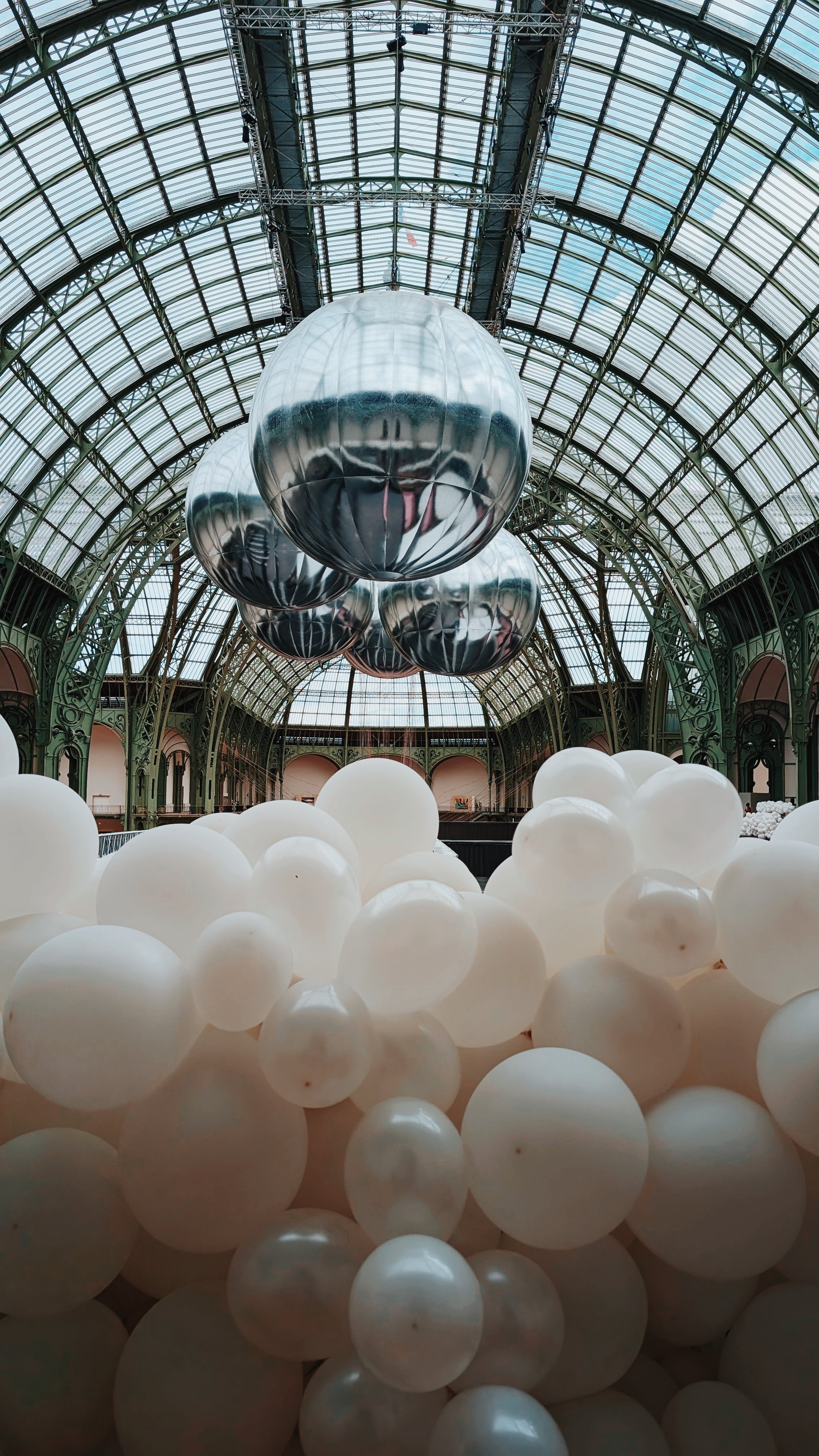
Asia's Most Colourful Celebrations

November
Thailand’s most magical water festival, Loi Krathong, takes place in November. During this festival, floating baskets called krathong are made by hand, decorated with offerings, then set sail on rivers, canals or ponds as a gesture of gratitude to Phra Mae Kongkha, the Goddess of Water.

Traditionally, krathong were made from slices of banana tree trunks, spider lily plants, or leaves; today, bread makes a biodegradable, eco-friendly alternative. They usually contain incense sticks, a candle, and a sweet treat or a small portion of a savory Thai dish. The date is based on the Thai lunar calendar and thus changes every year. In Chiang Mai, the celebrations last for three days, so you have lots of time to catch up. Don’t forget to look up at the full moon and make a wish as you send your krathong on its watery way.
January/February
Asia’s biggest festivity is the Lunar New Year, which typically falls around late January or early February. From China to Hong Kong, Taiwan, and Vietnam, to Singapore, Malaysia and South Korea, this ancient, grand celebration is filled with colourful customs for luck and good fortune, from festive red lanterns to dragon dances. Red is worn as a lucky colour—and if you’re lucky you’ll receive a red envelope with good fortune in the form of cash! (In South Korea, the envelopes are white instead.)

The Lunar New Year is also a special time to bond with family around the table, feasting on traditional foods for prosperity and good luck, such as pineapple cakes, noodles (for long life), spring rolls (which look like gold bars), and citrus fruits like oranges, pomelos and kumquats (their round shapes representing coins or wealth).
A popular superstition says that the more dumplings you eat during the Lunar New Year, the more money you’ll make in the coming year. So put on your best red outfit, fill up that plate, make some noise, and expect good things to come.

To mark the end of the Lunar New Year, Taiwan celebrates the Pingxi Lantern Festival. Originally invented as military tools of warfare in the third century B.C., sky lanterns have since become symbols of peace and the hope of new beginnings. It can be a magical sight to see traditional lanterns made out of translucent paper and lit from within as they float into the sky like miniature hot air balloons.
Lighting lanterns goes back over centuries in Buddhist culture, but today this festival is observed by both Taoists and Buddhists alike. People share rice dumplings in the streets, and faces of young and old come alive in the warm glow of a new year.

One of Japan’s most popular and well-loved events, Yuki Matsuri is a snow sculpture festival held in Sapporo towards the end of the Lunar New Year, typically in early February. A relatively young celebration, the Sapporo Snow Festival began in 1950 by an enterprising bunch of students who created snow sculptures in the city’s Odori Park.
Today, Yuki (meaning snow) Matsuri has grown into an international event, attracting over two million visitors—not just from Japan, but from all around the world. The snow and ice sculptures on display grow ever more spectacular and grander in scale, turning three major sites across town into a winter wonderland for a full week every year. One site even features snow slides and snow rafting especially for families.
March
India’s most colourful celebration has as many names as it does hues. Known as the Festival of Colours, the Festival of Spring, and the Festival of Love, the ancient Hindu festival Holi extols the triumph of good over evil, and the eternal and divine love of Radha Krishna. Also celebrated in Singapore, Malaysia, Bangladesh and Pakistan, Holi takes place anywhere in the world with a significant Hindu community.

On the eve of Holi, ritual gatherings in front of a bonfire mark the Lord Vishnu’s slaying of the demon-king Hiranyakashipu’s sister Holika by fire. On the day of Rangwali Holi itself, holi powder in a rainbow of hues is mixed with water and launched via water gun, water balloon, or practically any watery weapon at hand. Everyone’s a target, and no one is spared! Friends and family visit each other’s homes as singing and dancing fill the streets. Full of smiles, music, and playfulness, Holi is a time-honored tradition that welcomes the arrival of spring, banishes the winter, and celebrates the triumph of love above all.













































































